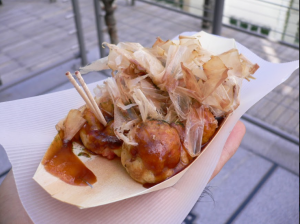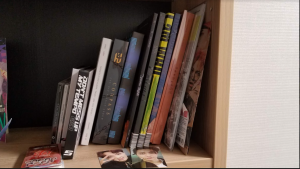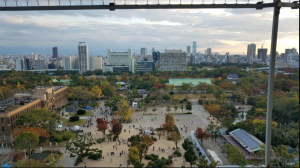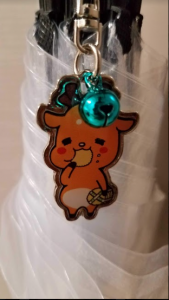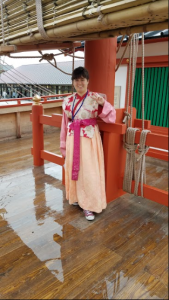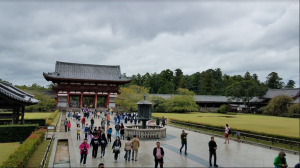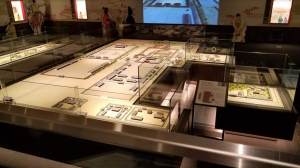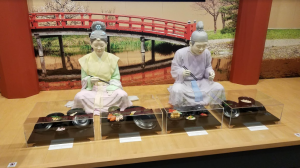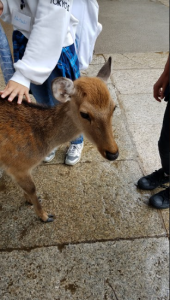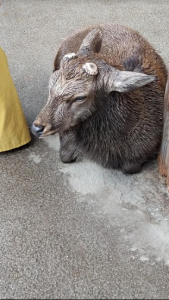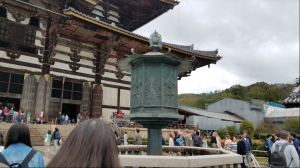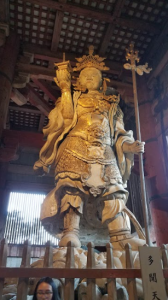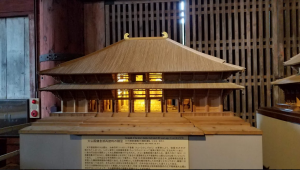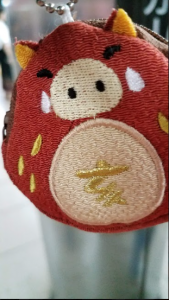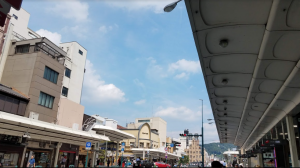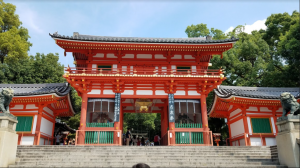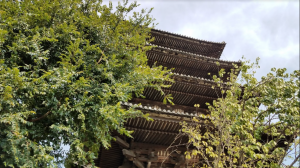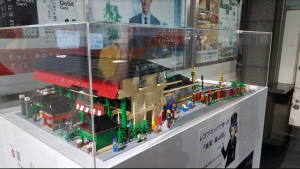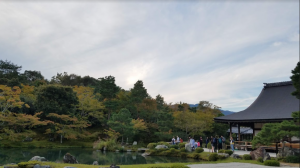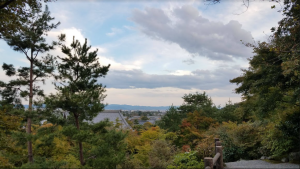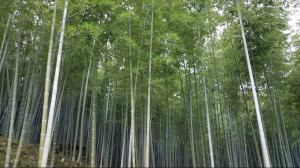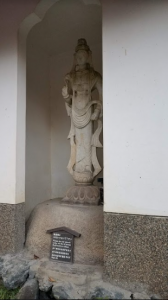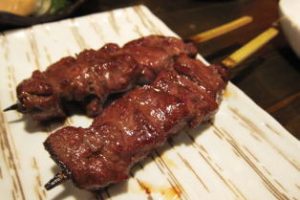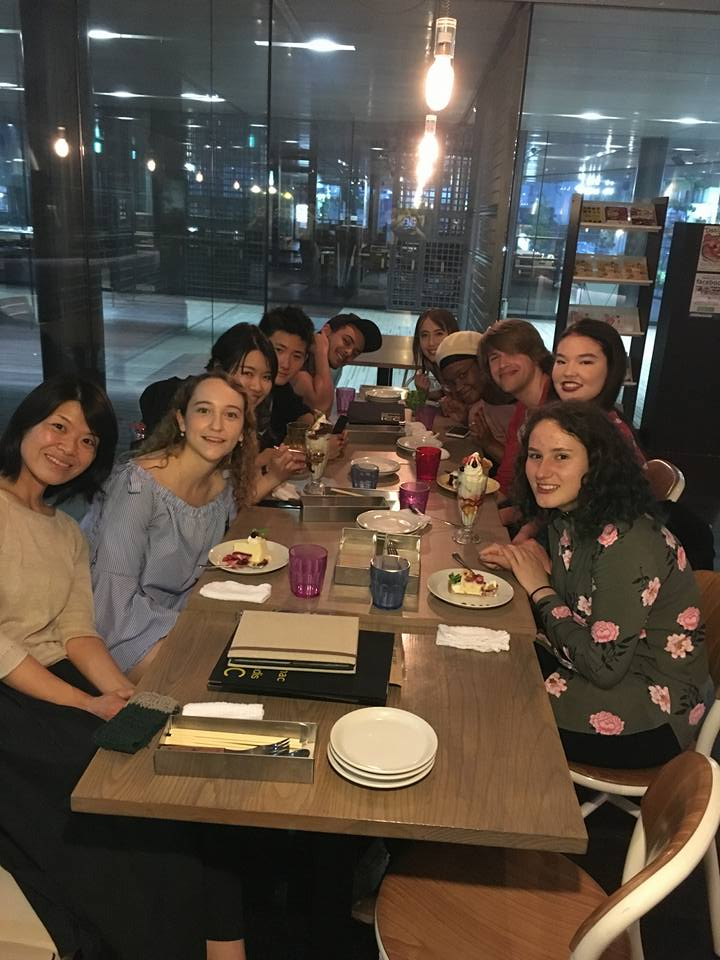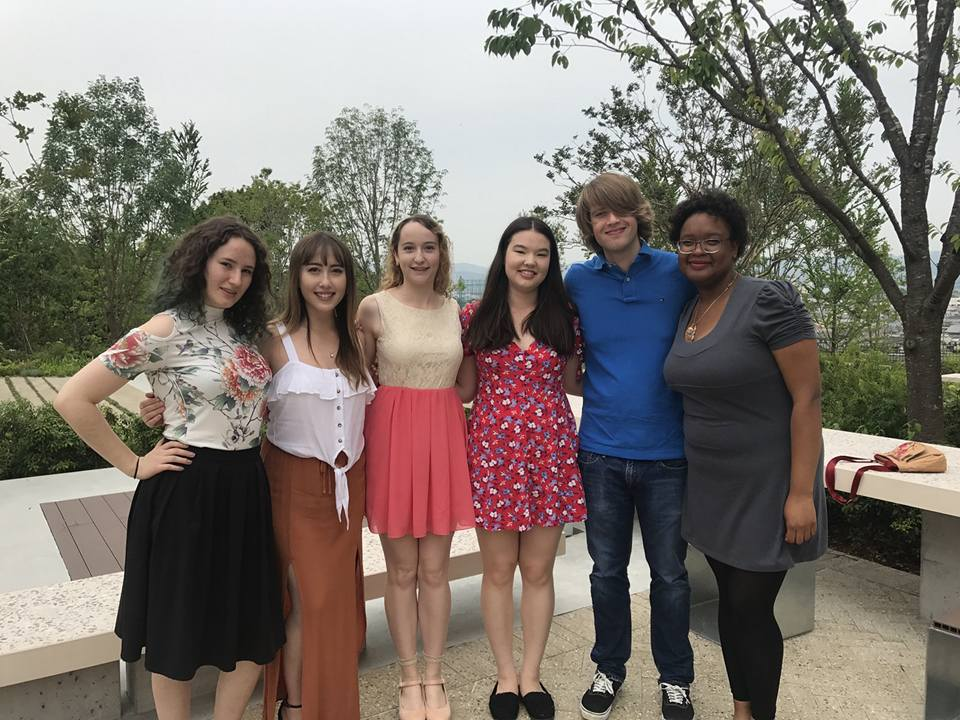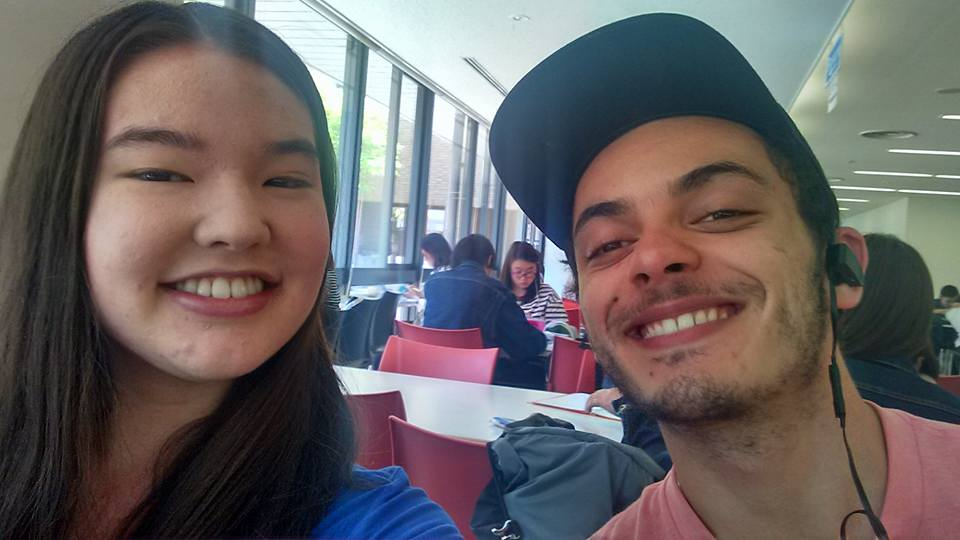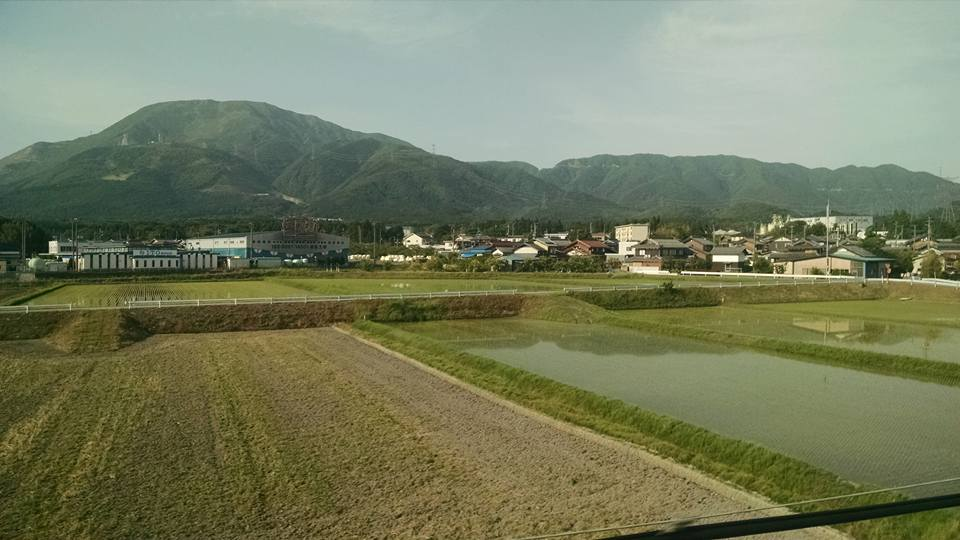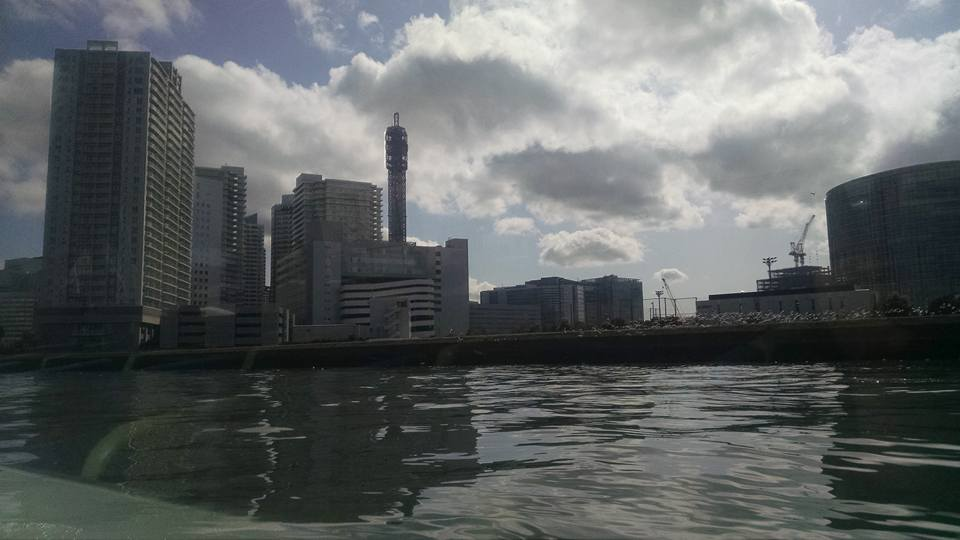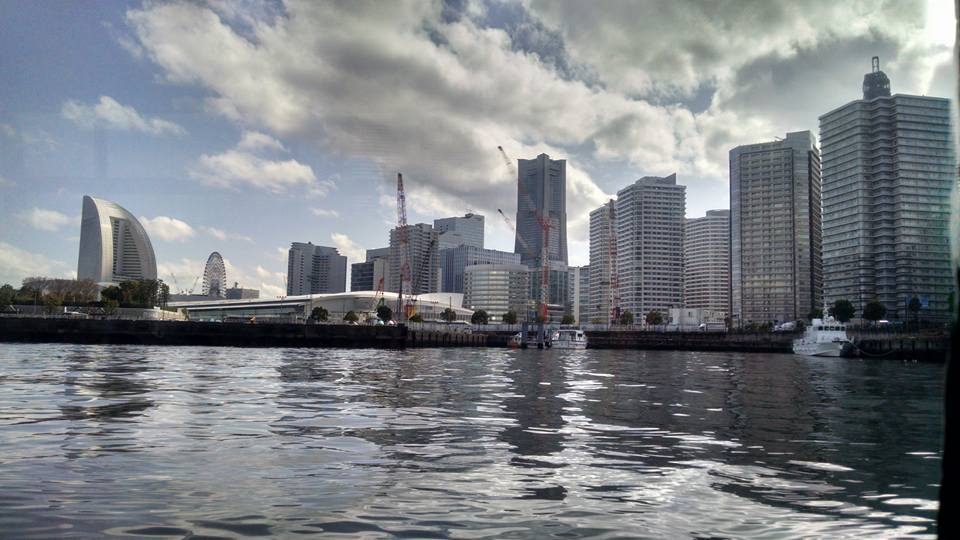Author: Emily Nelson
Location: Hirakata, Osaka, Japan
*Trigger warning: Eating disorder references*
Today, I visited my Japanese grandmother for the first time in about two years. My aunt and I met her at her retirement community, and we commenced to intermittently chatter about life, my study abroad experience, etc. She offered to reimburse me for the (bullet) train ride to the area, which I attempted to refuse. Then, the conversation took an all-too-familiar turn, one focusing on my appearance. My grandmother asked if I had money for new clothes, which I answered in the affirmative. This was exciting, because I’ve been looking forward to revamping my style.
However, she then proceeded to speak to my aunt in Japanese, as if I was not present, saying that I was so big that I must be a large in every store. This is not the first time she has said such things-last time she called me fat, and I thought it was because she thought I didn’t understand. Yet the more Japanese I comprehend, the more I think that she simply doesn’t care or understand the magnitude of such language.
This time, however, the shame didn’t end there. My grandmother then proceeded to use the blood pressure reader on me-three times on the same arm. All of the readings came up high-the peak systolic being 152. This immediately caused her to suspect that I have hypertension, which I refuted. (I’m normally around 120/80 or 110/70). I had to have my aunt tell her that consuming caffeine and food can raise the reading significantly.
I like being a proactive individual. I prefer to tackle most issues directly rather than letting them fester. However, I’ve become so acutely aware of my physical deficiencies that body positivity continues to be a challenge. I have a larger frame than most women here, being around 150 pounds and 5 feet 8 inches. I definitely could have a healthier diet(carbs are delicious nom nom) and I still sometimes struggle to have a healthy relationship with food. (The shadows of eating disorders are slow to dissipate.) However, one of my favorite activities is exercise. As of recently, I’ve been going to the gym 5-6 days a week. Thanks to a fellow workout buddy, my new bench record is 120 pounds. I used to hate working out because I made it a chore-and now it’s a release I can’t live without. Unfortunately, now it’s contributing to a perceptual problem.
My American grandmother, on the other hand, will constantly feed me the “You don’t need to change; You’re perfect as is” message. While I am very appreciative of the love and support I receive from her, I can’t help but notice that this is also accompanied by subtle underlying messages that I should dress better, look better, wear more makeup, etc. Although times are changing, it seems like regardless of culture, women are still expected to be physically attractive over physically strong.
So what have I learned from this? I would argue that the message “You don’t need to change; You’re perfect as is” isn’t ideal. Why is that? For one thing, it suggests that change is negative, hindering the possibilities of positive growth. I argue that if one’s life is being hindered by negative body image, especially one that warrants the concern of a physician, change is needed. However, that does not mean that they are any less of a person. They are a capable individual who is taking a step in the right direction to improve their quality of life, whether through losing or gaining weight. Improve, not perfect. Furthermore, happiness is key. I would argue that I’ve never been more at peace at the weight I am now-my heaviest. I do things for myself and for my own well-being. This is so so important, regardless of the “fitness goal”. In the end, one should be doing it for themselves. If friends and family are bringing legitimate health and safety concerns to the table, they should be considered and addressed. But shaming is not the way to go. It often feeds the cycle of self-resentment and unhealthy habits further. So when shaming events like this happen, I suggest that one take it with a grain of salt, once they are ready to. First, are these tangible issues, or simply the result biased perceptions? Is an exercise and (balanced) diet prevalent? Is the person a sumo wrestler? (Shortly after this conversation my grandmother watched sumo matches, very ironic). We don’t shame muscular athletes for being fat because there’s context, so why do it for active women?
Although I feel annoyed and hurt by today’s events, I still plan on being as positive as I can. After analyzing the situation, I am able to look at it more objectively. I look forward to working out, finding a fashionable wardrobe suited to my tastes, and tackling new problems on the horizon. I hope that this may also help someone look at such issues objectively and thoughtfully. Stay strong, be mindful, keep moving forward.

